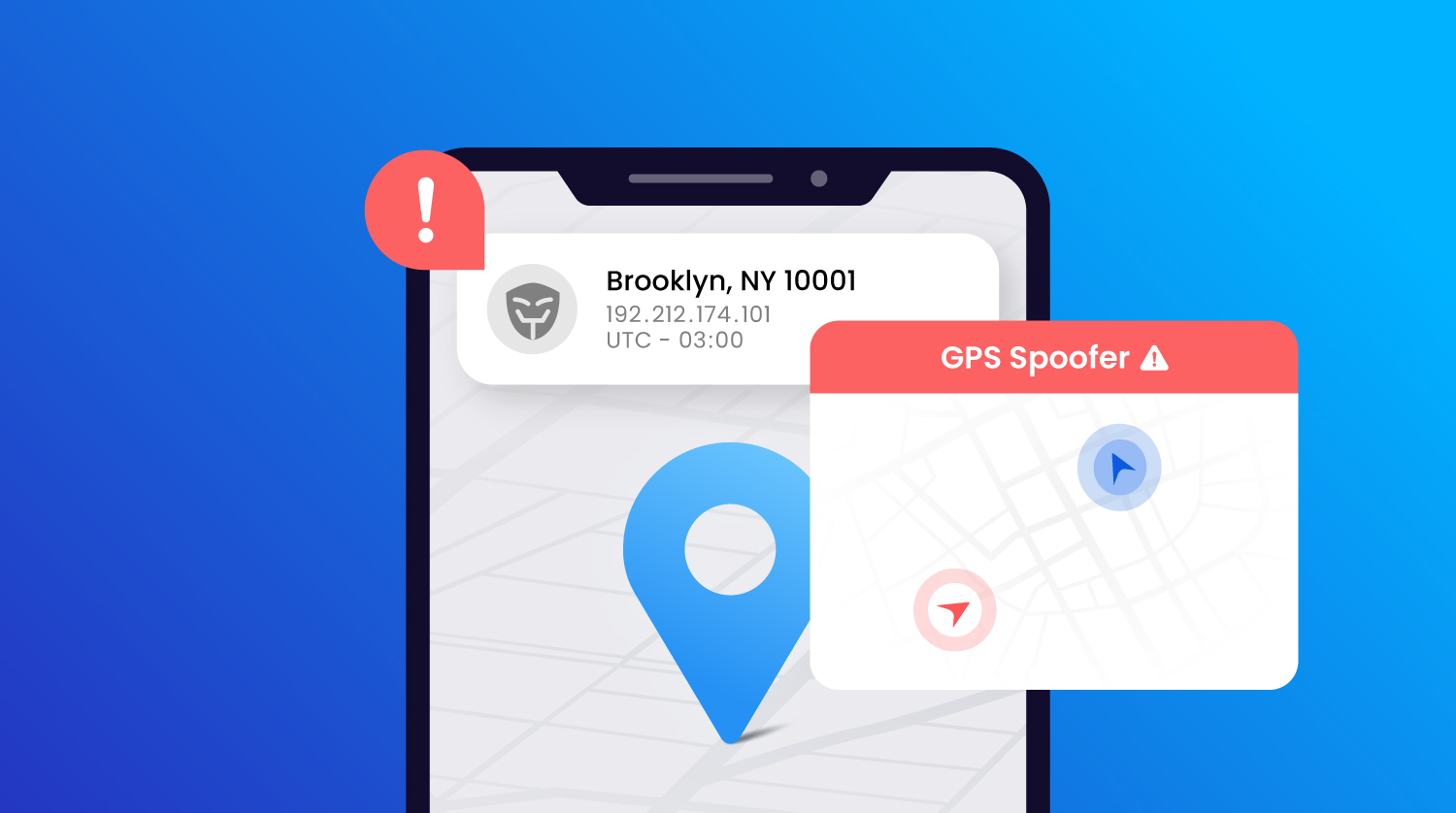What are Device Risk Indicators?
Device risk indicators identify the tools and techniques often used to commit fraud.
Examples of device risk indicators include:
- GPS spoofers
- App cloners
- Emulators
- VPNs
- Factory Reset
- Jailbroken or rooted devices
- App tampering
While these tools aren’t definitive proof of fraud, you’d be hard pressed to find a fraud attack that hasn’t involved at least one of them.
Naturally, the chance that an activity is fraudulent increases when multiple tools and techniques are applied. And knowing specifically which ones are in use is essential to help you evaluate the risk of fraud on your platform.
Let’s look at how device risk indicators are used for fraud prevention.
Device Risk Indicators in Action
If you’re a gamer, you’ll probably be familiar with emulators. Emulators are commonly used by gamers to play retro video games or run automated bots to level up characters. If your in-game policy prohibits the use of emulators, a device risk indicator will prove useful in helping you identify them.
Here’s another example—drivers using GPS spoofers on a ride-hailing app. Why would drivers be spoofing their location?
GPS spoofers help boost a driver’s chances of getting bookings. Using GPS spoofers allows drivers to appear closer to ride hailing hotspots. As a result, the app’s algorithm never prioritises honest drivers for jobs.
If left unaddressed, this could cause a spike in complaints from disgruntled drivers and passengers frustrated at long wait times. Or worse, lead to users leaving your app for a competitor.
Another sign of fraudulent activity is when an app is tampered. A tampered app spells trouble for any business. Take an e-wallet for instance. Fraudsters could modify its source code to bypass authentication controls and steal user data. To make things worse, tampered apps infected with malware can be uploaded across app stores to trick unsuspecting users.
Solutions with device risk indicators can be a highly effective part of your risk management strategy as they allow you to identify high-risk devices before attacks can occur on your platform.
Take Charge of Your Risk Decisioning with Device Risk Indicators
You might find that some tools are more frequently used in your industry than others. When conducting risk assessments, using device risk indicators as reference points lets you take swift and effective action to safeguard your platform against fraud.
Looking for a fraud solution with device risk indicators? SHIELD can help.











.JPG)










